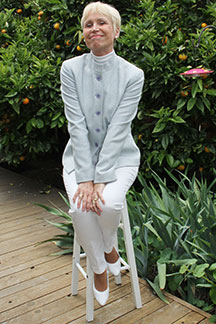Up to 400,000 German Christians renounced their faith and left the church in recent months to protest a tax law change, said Justin Huggler who writes for “The Telegraph.” As it stands, every German Christian is required to pay a church tax to the Catholic or the Protestant Church. The tax is due regardless of whether or not he attends church services. Once baptized, he is considered a member of the church and obligated to pay. The tax is payable to the government along with income taxes. The government then distributes the amount collected to the appropriate denomination. According to the 2011 census, around 30.8 per cent of German Christians (24.7 million people) are Catholics and 30.3 per cent (24.3 million people) are Protestants. http://www.telegraph.co.uk/news/worldnews/europe/germany/11380968/Compulsory-income-tax-on-Christians-drives-Germans-away-from-Protestant-and-Catholic-churches.html
Tax Law Change under German Law
An 8% or 9% church tax for German Christians has been compulsory for as long as I can remember. My father – a Protestant – threatened many years ago to leave the church to avoid paying these taxes. Under German Law, he was obligated to not only pay his own church tax to the Protestant Church but also the church tax of my mother – a Catholic. Since my mother did not work outside our home, her church tax was based on my father’s income. He thought that unfair (see “A Matter of Faith” in my memoir Walled-In: A West Berlin Girl’s Journey to Freedom). A recent change in German tax laws requires financial institutions to withhold the church tax on capital gains in addition to income earned. This change is what has sparked a German mass exodus from both, Catholic and Protestant churches.
What it means to leave the Church
Church taxes are used to fund church activities, schools and day care centers. The only way to avoid paying these taxes is to formally renounce one’s church membership. Until recently, most German Christians have paid the extra tax for the benefits it affords them. Now, they are rethinking their options. To leave the church is more than a formality. Not only does the government charge a fee for processing the declaration to leave the church, but German Christians can also be denied certain rites once they have left the faith. Although they cannot be excommunicated or prevented from taking part in church services, they can be denied religious burial and access to the best state-funded schools. German Catholics who renounce their church membership are also barred from confession, communion and from the anointing of the sick, unless close to death.
For a sneak peek at the first 20+ pages of my memoir, Walled-In: A West Berlin Girl’s Journey to Freedom, click “Download a free excerpt” on my home page and feel free to follow my blog about anything German: historic and current events, people, places and food.
Walled-In is my story of growing up in Berlin during the Cold War. Juxtaposing the events that engulfed Berlin during the Berlin Blockade, the Berlin Airlift, the Berlin Wall and Kennedy’s Berlin visit with the struggle against my equally insurmountable parental walls, Walled-In is about freedom vs. conformity, conflict vs. harmony, domination vs. submission, loyalty vs. betrayal.













